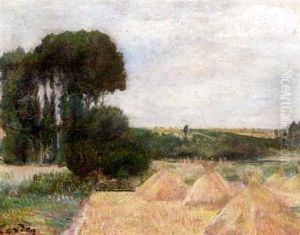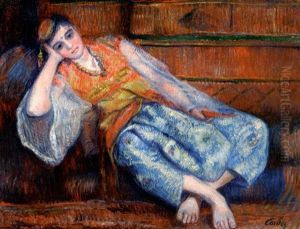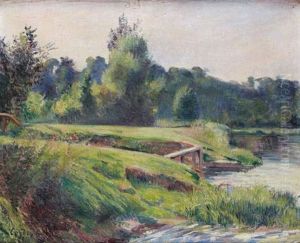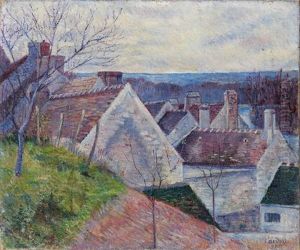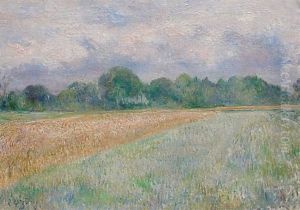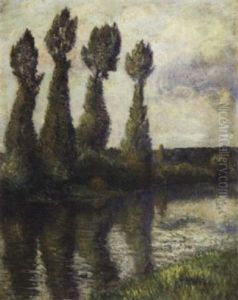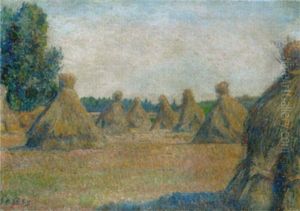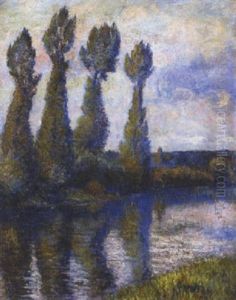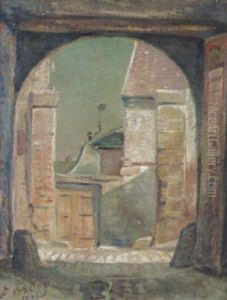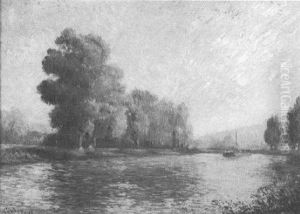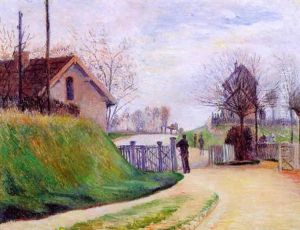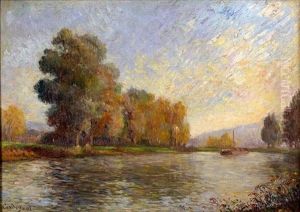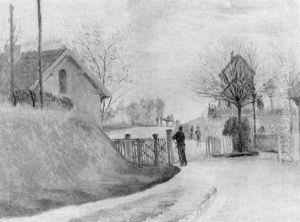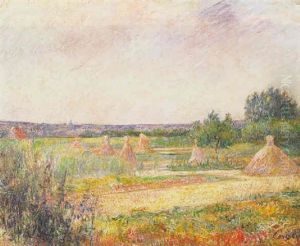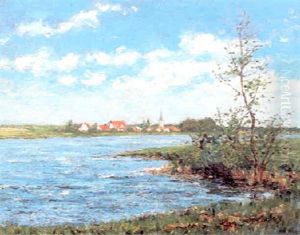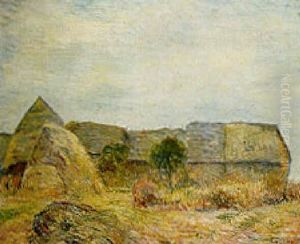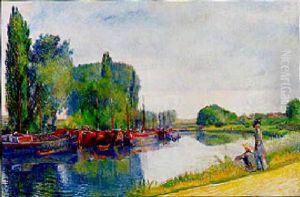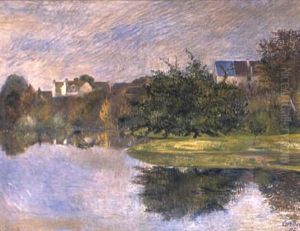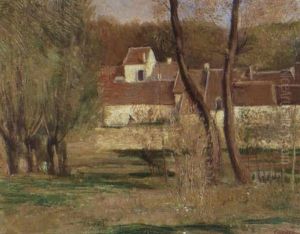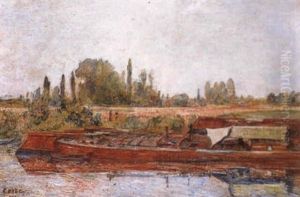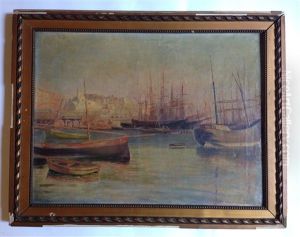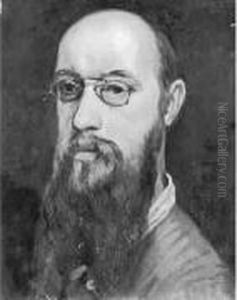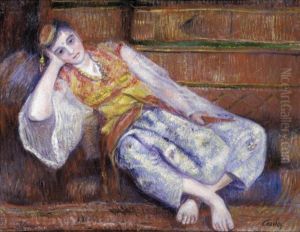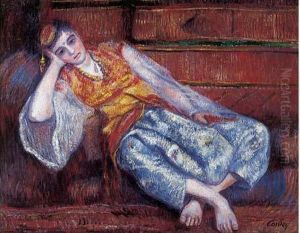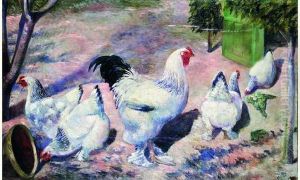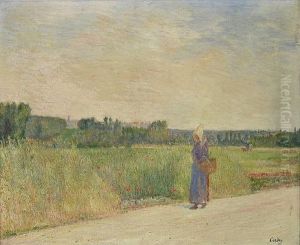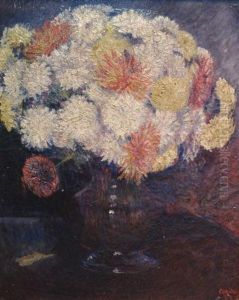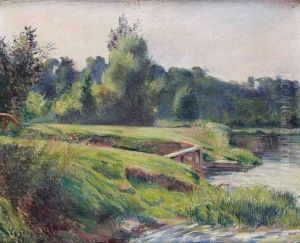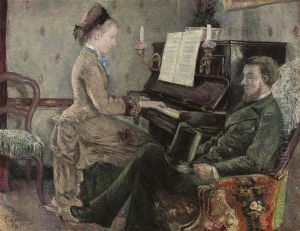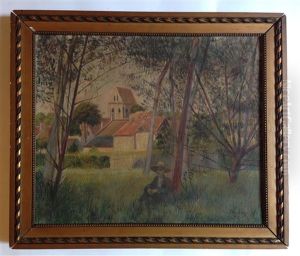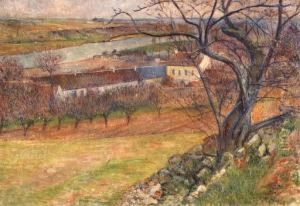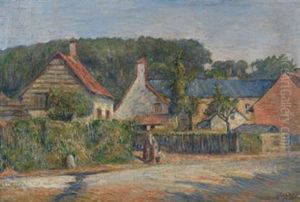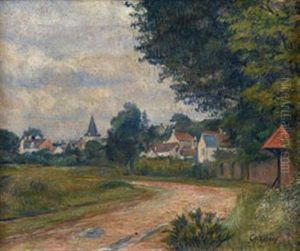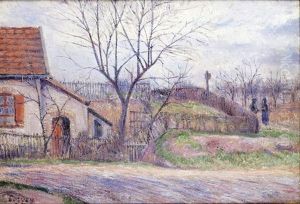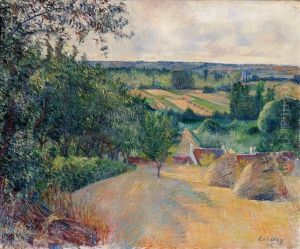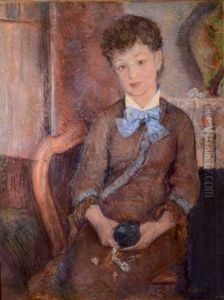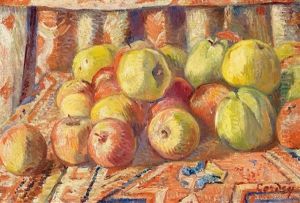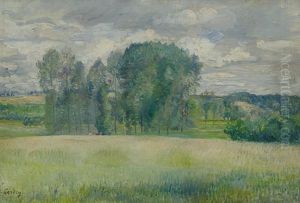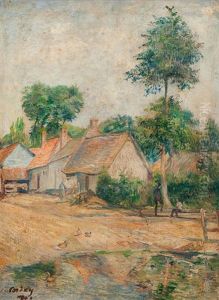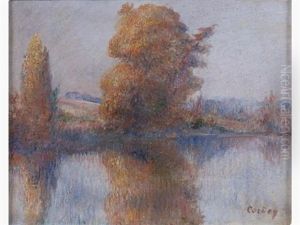Frederic Samuel Cordey Paintings
Frederic Samuel Cordey was a French artist born on October 23, 1854, in Paris. He was a painter associated with the Impressionist movement, although he is not as widely known as some of his contemporaries such as Claude Monet, Edgar Degas, or Pierre-Auguste Renoir.
Cordey received his artistic education at the École des Beaux-Arts in Paris, where he studied under influential figures of the time. His style was greatly influenced by the Impressionist approach to capturing light and movement, and although he remained relatively obscure, his work did reflect the key characteristics of the Impressionist style.
Throughout his career, Cordey exhibited his works at various venues, including the famous Salon de Paris. He participated in the Salon des Refusés in 1874, an exhibition that showcased the works of artists whose submissions had been rejected by the official Salon. This exhibition is historically significant as it was a turning point for the recognition of the Impressionist movement.
Despite his association with the Impressionists, Frederic Samuel Cordey did not achieve the same level of fame or commercial success as some of his peers. His paintings often depicted scenes of everyday life, landscapes, and portraits, characterized by loose brushwork and a vibrant palette.
Cordey's works are now held in several museums and private collections, offering insight into the breadth of the Impressionist movement and its lesser-known contributors. He continued to paint throughout his life until his death on January 23, 1911, in Paris. His contributions to the art world are recognized posthumously, and he is remembered as part of the wider Impressionist circle that revolutionized the art of the late 19th century.
